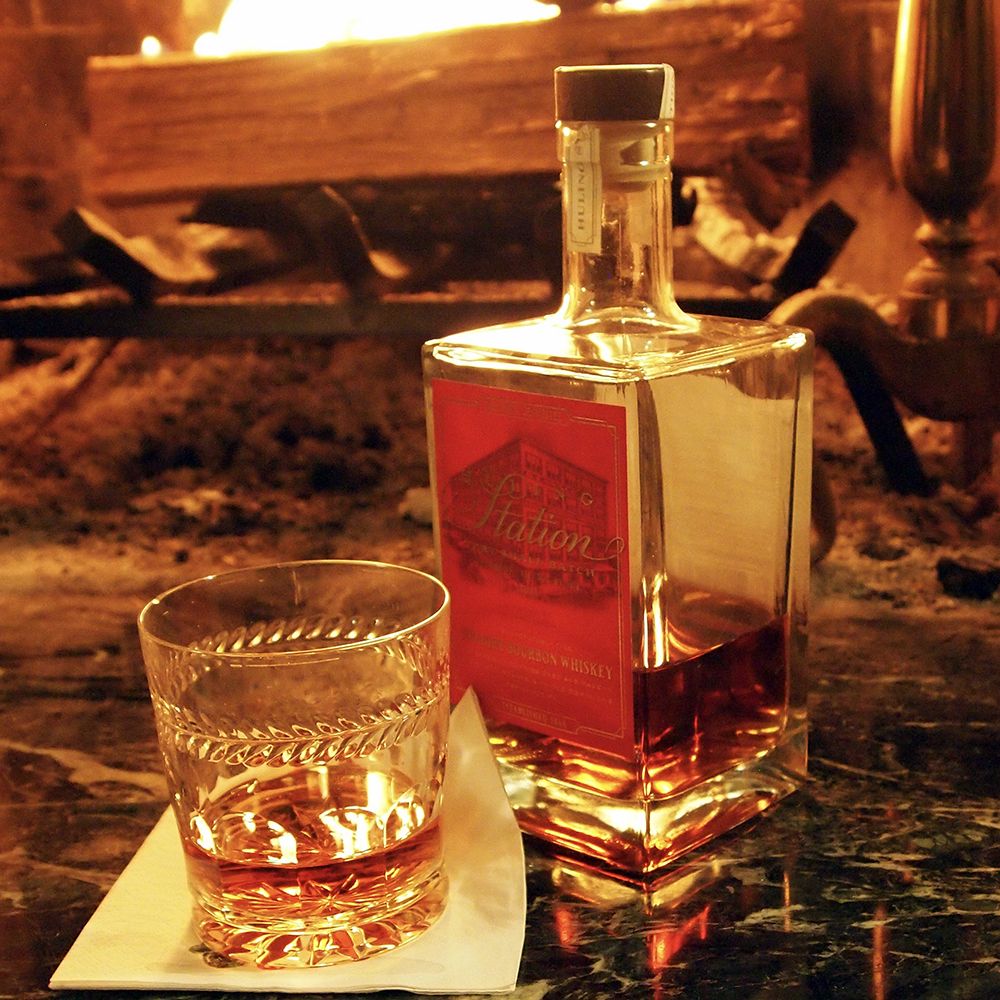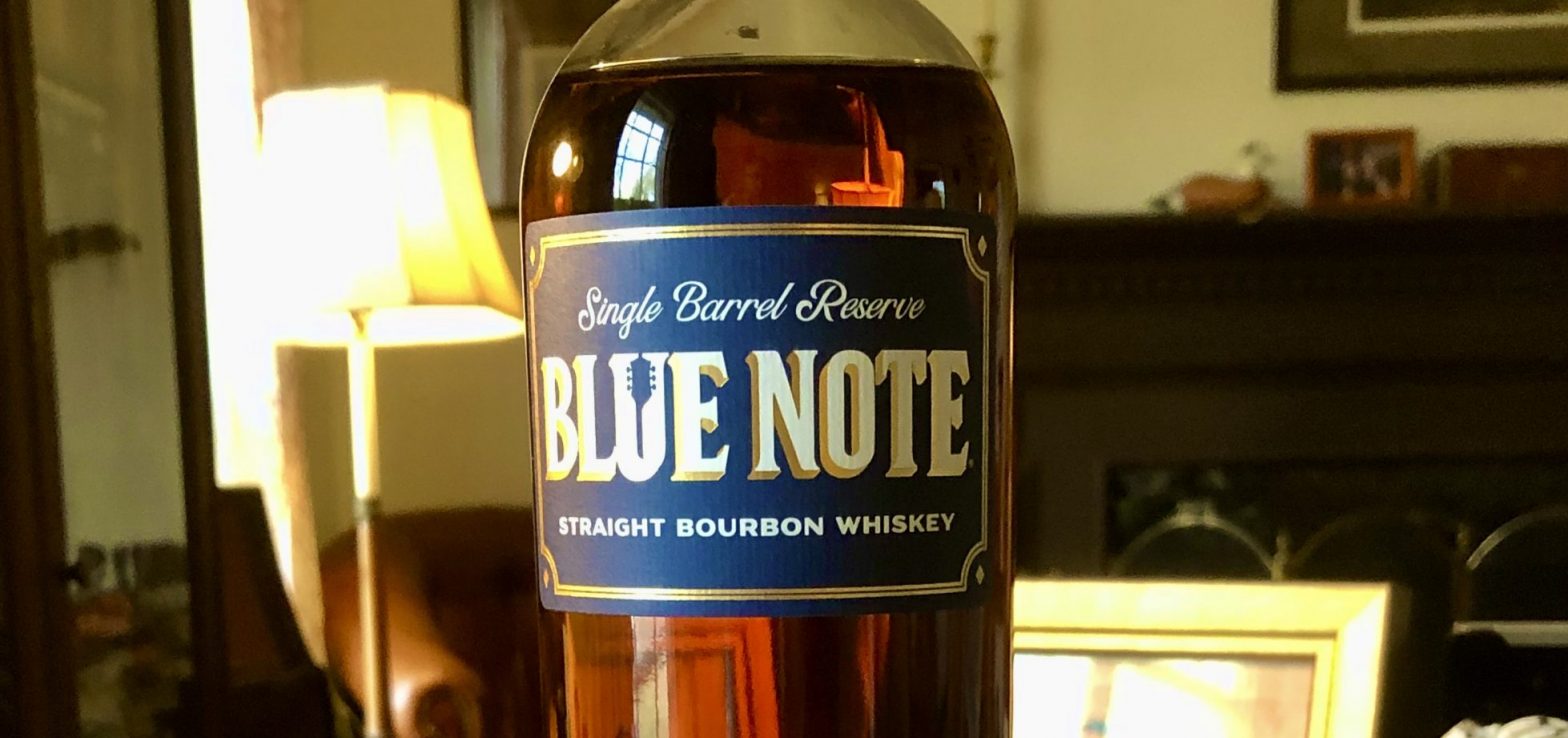It’s still cold and wet, and you’re still broke. The romantics and better halves may call it “snuggle weather,” but you and I know better. You’re possibly on the end of a Dry January, but now those bills are starting to show up and, well, you need a bracer. This, my friend, is “whiskey weather.”
When is it not? We are living in a golden age of bourbon: Distillers have elevated America’s spirit from rotgut to an art form, and they should be proud of themselves. And to look at the price point of some of these artisan products, they really are. To wit: Here are some exceptional whiskeys for the enthusiast whose credit limit isn’t quite what it was on Black Friday:
Old Forester’s flagship bourbon retails for about $19 and is not rotgut, but it is your grandfather’s bourbon. When my friend Tom Morris became master distiller (he started working for the former master distiller in high school), he wanted to up the brand’s game. And he has. Old Forester has several expressions in the $55 to $65 range, and some higher. Every bottle I’ve ever had has been worth the money (assuming that you have it). Hidden among these boozy gems is Old Forester Signature — which will cost you about $26. A friend of mine and I had a side by side with Old Forester’s Signature and the coveted Birthday expression, which was about $55 at the time. We both agreed that the Birthday was the better whiskey, but was it twice as good? What we decided was that Signature was one of the best bourbons for the price.
If you are angling for a local favorite, Blue Note has a couple of expressions that won’t break the bank: Juke Joint comes in at $29. Like Old Forester, Blue Note has some bourbons at a higher price point, and they’ve been worth the money. While Juke Joint has a touch of heat, it really is a great value. Blue Note’s Crossroads comes in at $39, is finished in French oak barrels, and, at 100 proof, I don’t guess you need that much to forget your problems. Either will warm your cockles when you start getting miserly about the thermostat.
If you want to try something a little outside that classic bourbon taste profile, a favorite that I’ve written about before is Old Dominick’s Bourbon Whiskey at $39. What gets me excited is the high rye content, which gives it wonderful spice pepper notes. For a whiskey to be legally called bourbon, it must have at least 51 percent corn — so there is that round sweetness from the corn, but at 44 percent rye, the sweet is balanced with spice.
If you were carousing at a Bobby Burns dinner last week, you might be thinking that you want to give Scotch whiskey a whirl. (Do it for me!) If nothing else, it will wash the taste of haggis out of your mouth. A word of caution — if you love those peaty Islay whiskeys, sadly, you are just going to have to pay up. Going cheap here is awful. If you are looking for a solid drinkable Scotch, stick to Speyside and Highland whiskeys. Without all the peat and smoke, there is a lot less to go horribly wrong. Besides, there is also less to freak the seasoned bourbon drinker out.
Tomatin has a 12-year-old single malt finished in a cherry cask that will cost only $39. It’s a Highland Scotch, but light enough to where I’d initially thought it was Speyside. It is soft, with some notes of crème brûlée, and if you are looking for a single malt under $40 these days, this is about the best you are going to get.
At any rate, cheer up: Warm weather is around the corner, and they just might raise your credit limit.


